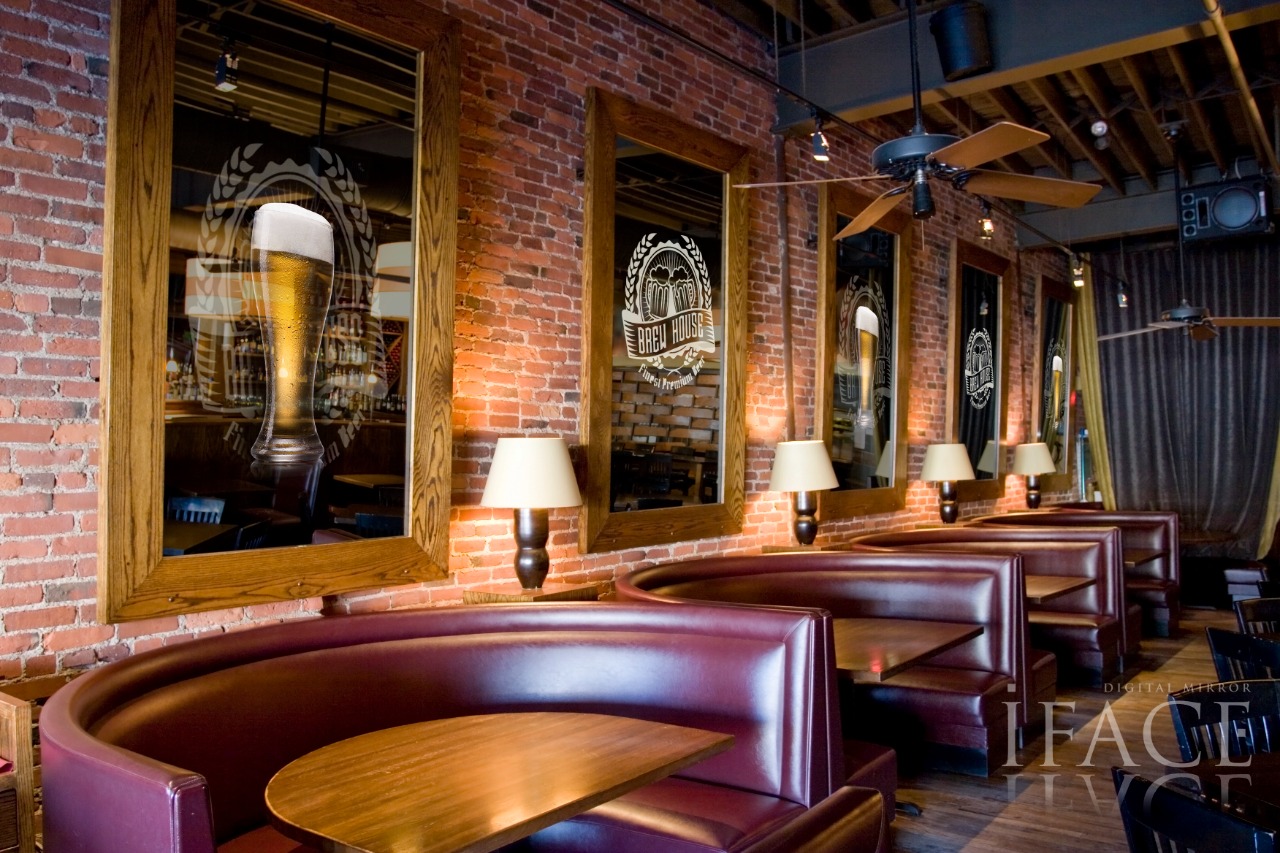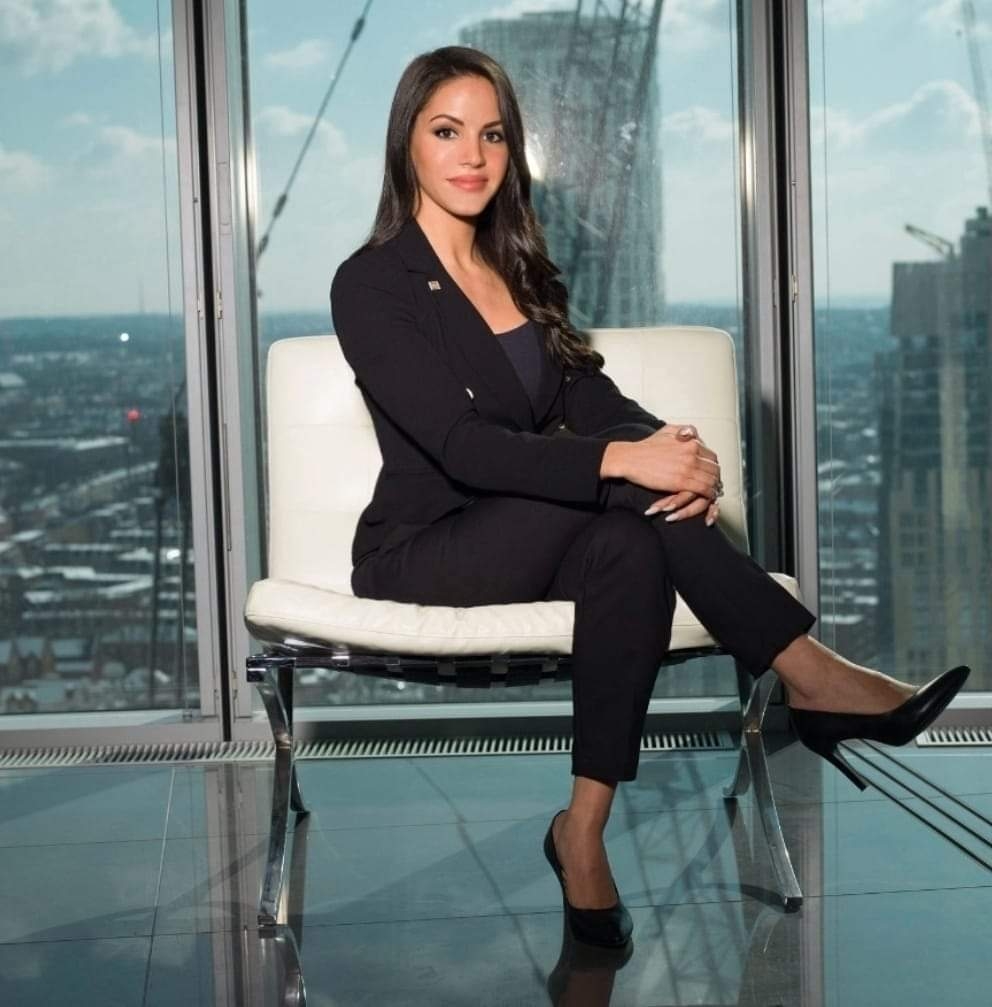Jarábik Barbara: Successful brands often have a strong emotional appeal, and may be seen as aspirational. They can be found in a variety of industries, including fashion, beauty, automotive, hospitality, and more. High-end brands are typically well-known and well-established, and they often have a long history. They generally have a superior level of quality and craftsmanship. When marketing luxury products, there are a number of possible strategies that you can take in order to reach your target audience. Luxury marketers must carefully consider their target audience and what they are looking for in their luxury purchases.

Sales copy like this appeals to the deeper primal and emotional reason that a customer is purchasing a luxury product. It also allows them to imagine what it would be like to use the product which is a car in this case. This strategy is especially effective for items you can’t easily try like a vehicle. They state that the Cullinan has incredible comfort and space for creating unforgettable memories with friends. This can instantly make customers imagine what it would be like to visit a cottage or road trip in this car.
For luxury brands, the Internet does not represent wider distribution of actual products. It’s a wider distribution of the content that evokes the desire to buy luxury products. Translated to the offline world, effective digital marketing is like running more advertisements on buses, or more TV ads, or having more stores in Central London. Exclusivity can be created online through private member groups, concierge services, or digitally-delivered loyalty perks that are reserved specifically for previous customers.
There’s a reason Gucci doesn’t do infomercials for tiger print duffels. That Equinox doesn’t offer a discount for January first’s newly health-obsessed. That anthropomorphic Hamsters break dance in front of Kia Souls instead of Range Rovers. Advertising for luxury brands tends to focus on, well, luxury. The happiness they inspire. The quality. The sheer opulence that becomes a piece of one’s life when he or she buys free-range leave-in conditioner infused with dolphin tears, or an ornate bottle of some top-shelf botanical cordial. Whether you’re storyboarding a TV spot or building out an ad group in Google Ads (the artist formerly known as AdWords), your target audience needs to feel as though your product or service is a physical manifestation of luxury.

In fact, Chanel are one of the most ‘pinned’ brands on the social network, with over 1,244 pins of Chanel products pinned on the social network per day on average. This is made even more impressive when you consider that Chanel do not even have an account on Pinterest (it’s all driven by their advocates). A luxury brand that I came across who do an exceptional job of marketing themselves on Pinterest is 77 Diamonds in London. Their Pinterest profile is aspirational, educational, and strikes a great balance between not being too promotional, yet still raising awareness of 77 Diamond’s products. Read more info on Barbara Jarabik.
Digital signage mirrors are another way for luxury brands to advertise efficiently : The world digital signage mirrors market was valued at USD 780 million in 2021. The world market is expected to grow steady at a CAGR of 12.21% to reach USD 910 million by 2023. Digital signage mirrors can vastly improve individual efficiency by choosing outfits as per weather updates while also offering bus and train schedules (including traffic updates). Digital signage mirrors in smart homes, planes, commercial spaces, hotels, etc. are designed to be connected to users as well as with different devices around. Energy efficiency is one of the major advantages that will drive the adoption of digital signage mirrors.